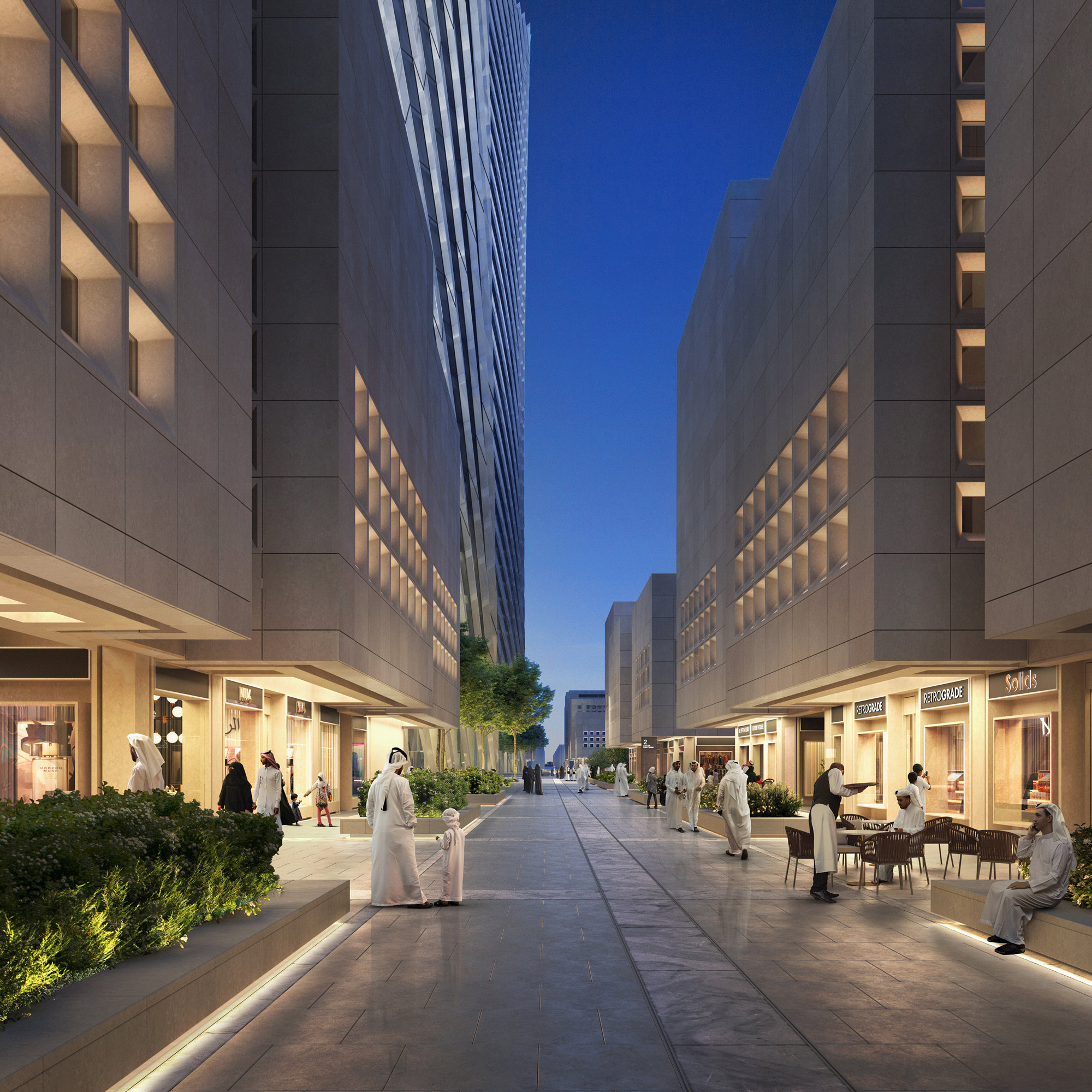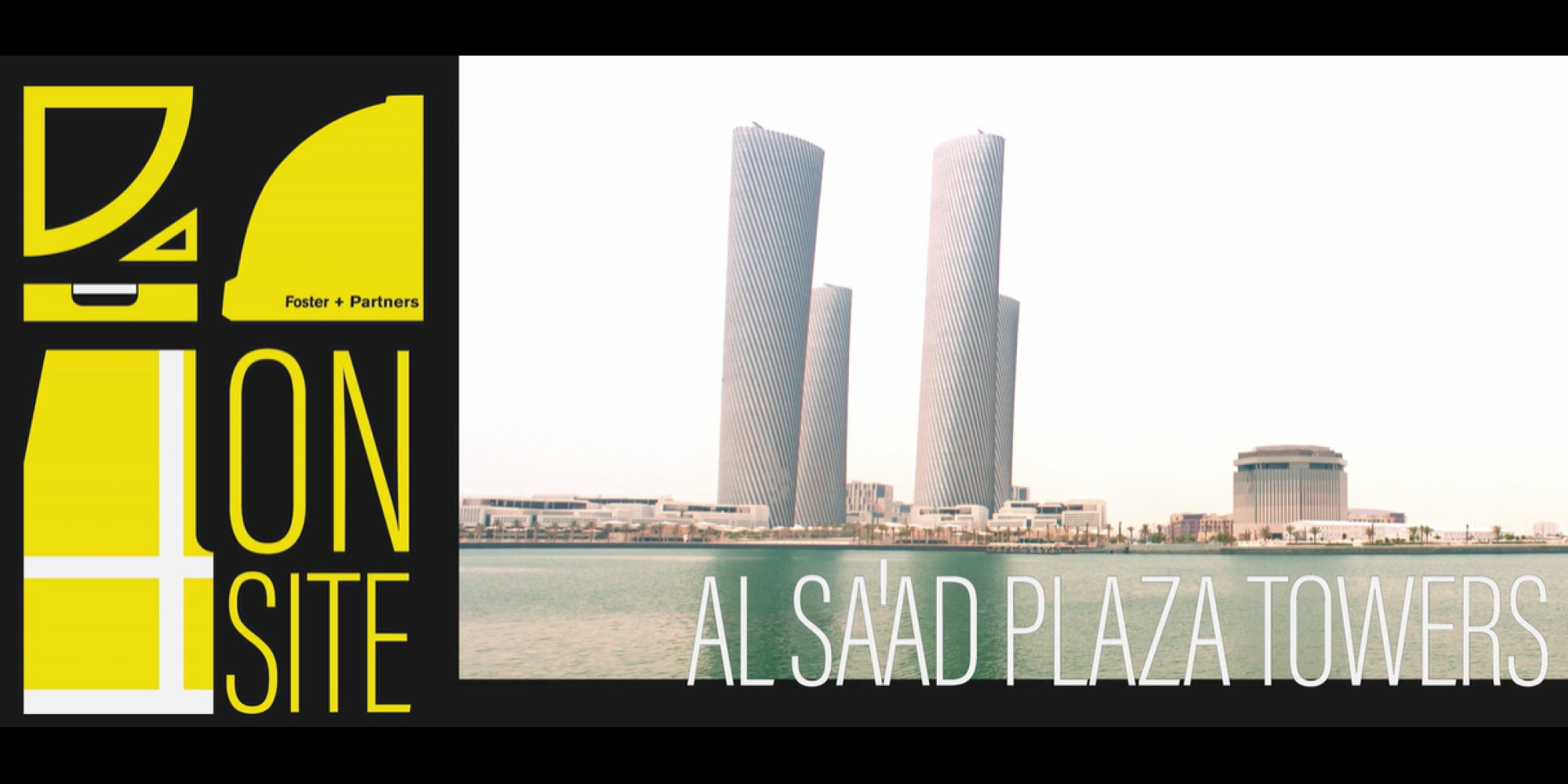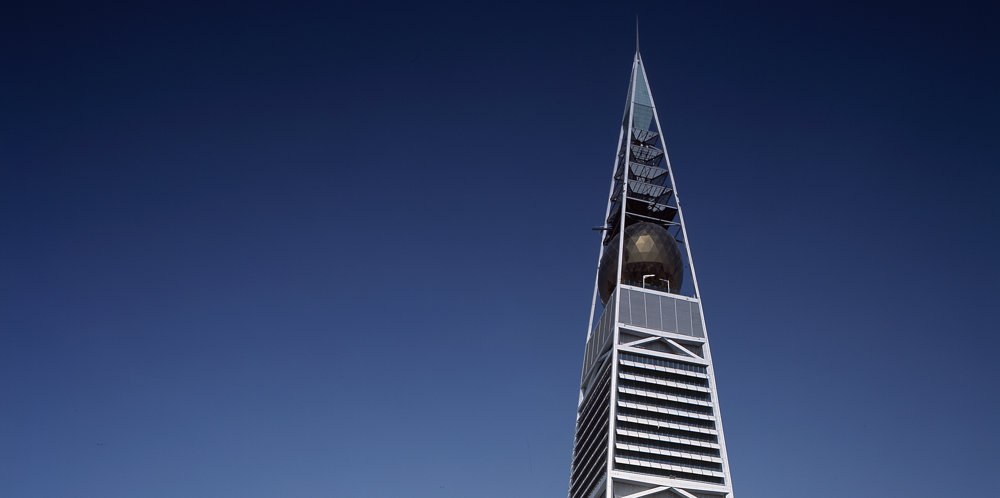Al Sa'ad Plaza Towers is a landmark project in Qatar, envisioned as the catalyst for a new central business district in Lusail city with a distinctive collection of four high-rise buildings. The 1.1 million-square-metre development will host the headquarters for the Qatar National Bank, Qatar Central Bank and Qatar Investment Authority alongside several other global organisations including Qatari Diar, while creating a new downtown district that is sensitive to the climate. The project is part of a larger masterplan also designed by Foster + Partners, which is being substantially completed ahead of the 2022 Football World Cup in Qatar.
Located at the end of the commercial boulevard that links the new football stadium to the corniche, the two taller towers stand at 70 storeys, while the other two are 50-storeys-high, all arranged symmetrically around a central plaza that seeks to complement the existing public spaces in Lusail City. At the base, a network of three, four and five storey podium buildings surround each tower. Providing support facilities for the towers with shops, cafes, events and exhibition centre, gym facilities, training facilities, banks and restaurants they animate the public realm, and are carefully placed to form human-scale streets and a shaded, pedestrian-friendly ground plane. The plaza contains a new metro station with pedestrian links to the towers above and access to several event spaces that draw life to the waterfront, and it is expected to be one of the key venues for World cup fans.
The project is an exemplar of Foster + Partners’ integrated approach to design. The practice carried out the architectural and environmental design alongside Structural and MEP engineering for the entire project and is also working on the fitout of a significant portion of the building. This unique approach was crucial in delivering a complex project within a demanding fast-track schedule (substantial completion prior to World cup). The project is underpinned by innovation, exemplified by the technological tools developed by the practice to assist the integrated design team.
The team deployed an in-house software system called ‘Hermes’ that coordinates design data for the project and facilitates sharing of this data in real time across different applications, disciplines, organisations and locations around the world. Using specially created plugins for the different software applications used by architects, engineers and other consultants, design changes made by one group would automatically and instantly be available to the digital models being used by others.
The elliptical footprints of the towers morph through 90-degrees as they rise up, gently shifting the viewing axis outward and offering stunning views of the surrounding city and waterfront.
The tower façades – clad in marine-grade aluminium – are designed in response to the sun with projecting profiles that wrap around the building, shading the glazing from the harsh sun, while preserving views out and daylight. The active systems design proposals include centralised thermal storage using innovative phase change materials to reduce cooling energy, high pressure hydronic systems to reduce pumping energy, demand-controlled ventilation to reduce fan energy, efficient LED lighting and advanced automation controls which contribute to reducing the site energy demand by 35% when compared to a baseline building. In response to the increasing water conservation requirement, grey water, rainwater and condensate is recycled and reused on-site for irrigation and toilet flushing, significantly reducing the demand for water. The Lusail Plaza Towers development targets 4 and 5 stars the highest level in the regional Global Sustainability Assessment System.
The podium buildings feature ultra-high-performance concrete, lightweight and low carbon moulded concrete panels, giving the buildings a high thermal mass, with minimal punched windows that reduce the amount of solar heat to the interior spaces. 20% of the site is covered with lush but drought-tolerant landscape, where more than 70% of the species are native. Inspired by the learnings from the region, the narrow human-scaled streets and shaded terraces create an inviting public realm at ground level, with the building blocks arranged around courtyards that capture cooling breezes.















